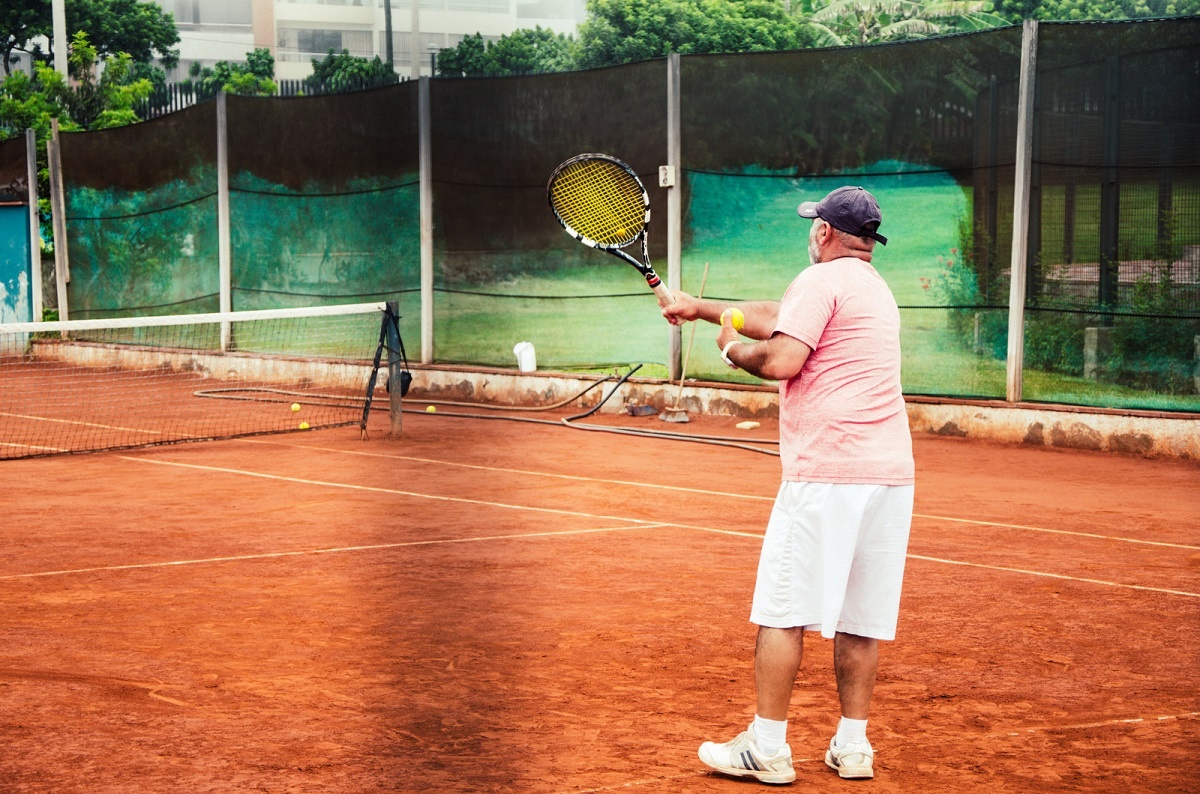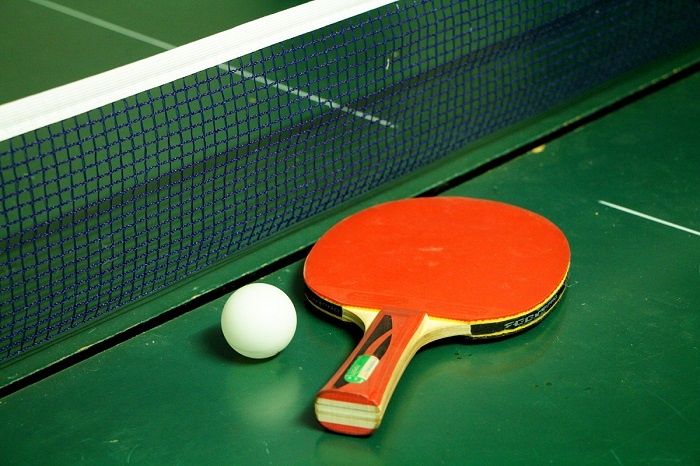
Tennis was mapped out in England in the 1870s and formulated in France in the 11th century. All curious tennis learners majorly want to know more about this game, like the game’s rules, what is a fault in tennis?
A fault in tennis is an offense of the regulations, which applies in volleyball, tennis, or racquetball. It upshots from the illegitimate positioning of the host’s end, and you can also call it missed serve.
Before this game became popular, the best tennis balls used to be white, unlike these days you are allowed to use any of them with your color of choice. The first tennis match took part in the USA in 1874, organized by Merry Young on cricket and baseball.
What is a Faults In Tennis?
Its causes of spots and their types are the most frequent questions for beginners interested in tennis. A fault is an unsuccessful attempt to complete a task perfectly well.
Every game has rules to adhere to; as for tennis, if your ball does not land in your opponent’s service box or maybe you served the ball, it goes out of the service box that is automatically a fault. Another fault occurs when you fail to serve the ball twice, known as a double fault.
Tennis Terms:

Some tennis rules are supposed to be adopted at learning tennis, such as:
- Add-Court: We refer to the left side of the tennis court as the ad-court.
- An approach shot: There are shots like a backhand, forehand but an approach one is by a player that follows towards the net during the match.
- Ace: It is a score from a service that lands the ball inside the receiver’s court without touching the opponent.
- Advantage: Majorly, a point in the game rules consecutively leads you to get a deuce score.
- ATP: It is an abbreviation of the Association of Tennis Professionals.
- Backspin: It’s a hit on the ball by brushing your racket down it mainly on the back of the ball. Hitting a ball from such a shot is very hard.
- BreakPoint: It is a point of the game where the receiving player can win the game if they get the next score.
- Time Off: It is a rest duration of 90 sec at every changeover and two minutes at the end of a set.
Six Steps To Serve In Tennis:
For all beginners, These are:
Step 1: The Stance – How you position yourself with the leading foot ahead.
Step 2: The Grip – How you hold your racket in your hands.
Then Step 3: Hitting Part, Swing up and pronation, were to lose a drop.
Also, Step 4: Backswing and Toss _ Swing your racket backward and toss the ball in the air before hitting it.
And Finally: The power to move. This is where the racket and the ball come into contact.
In this phase, there are the four types of serves which we shall look at later.
Tennis Rackets:

Babolat Pure Aero Team
This type of racket is for severe learners. It’s a lifetime object, and it has a slightly smaller face that gives the player more control over the shots.
Babolat Pure Drive 107
The experts praise that the racket is player-friendly for newcomers is the most recommended racket. It weighs 10.6 ounces categorizing it to a lightweight one.
Wilson Burn 100 V4
This product is budget-friendly, and a beginner can grow well with it. It weighs 11 ounces it falls under the lightweight rackets and has a 100 square inch face.
Head Graphene Extreme MP
This racket is even more affordable. It is comparable with the pure drive racket and has the same weight as Wilson burn with the same square face inch.
Yonex V –Core 98
For any intermediate player is recommended to use this racket, and it has a 98 square inch. It has the most petite face among the listed ones.
Wilson Clash 100
It is considered a soft racket. It is flexible in your hands and doesn’t send shock waves into your arms. It also weighs 11 ounces and has a 100 square inch face.
Head Ti.S6
Its ultra-light weighing nine ounces has a square foot face of 115. This racket is advised not to be used by beginners because it is large and has a fantastic spot due to its large size face.
Wilson Burn 100 V4
It is another racket a beginner can grow with; it is also lightweight and has 100 square inches of the face.
How To Identify a Lifetime Table Paddle:

Everyone wants a long-lasting object for themselves. For a serious table tennis player rehearsing for any competition, having these ideas will help you determine the best table tennis paddle.
Having the right paddle is an investment. At first, you must get a durable paddle and identify its durability, most paddles are cheap, and they break easily; for the more affordable paddles, their handles break easily, and rubbers get worn out quickly. A durable paddle is the pre-made one, and for high performance, you can go for the custom-made paddles.
Blade Type; if you want to purchase, you must consider the blade. It would be best to look more into professional paddles because blades that are too slow and too fast will have dangerous impacts on how you play. Blades are divided into two penhold and shakehand. Shake hands are more popular, unlike penholders used mainly by Asian players.
Measurement of the blade; for the best tennis blade, you must consider the indicators used: material, thick, weight, shape, and layer.
Grips: In tennis, there are three types of handles for the shake hand: Straight grip, Anatomic grip, and Flared or concave. Pen hold handles are categorized into two Japanese styles and Chinese styles.
